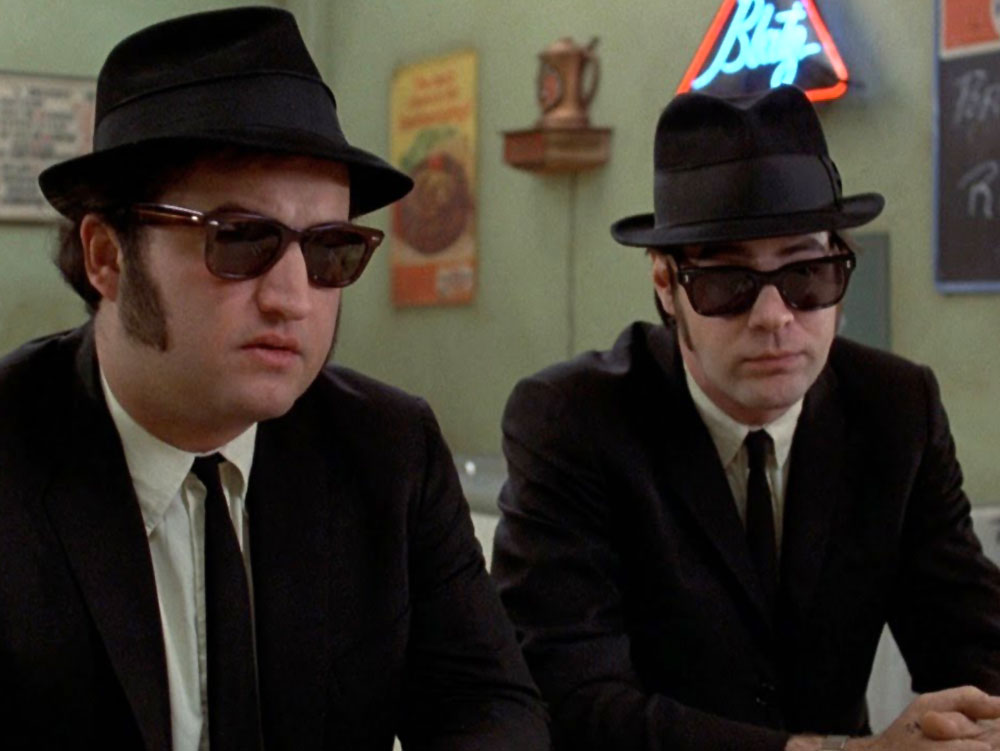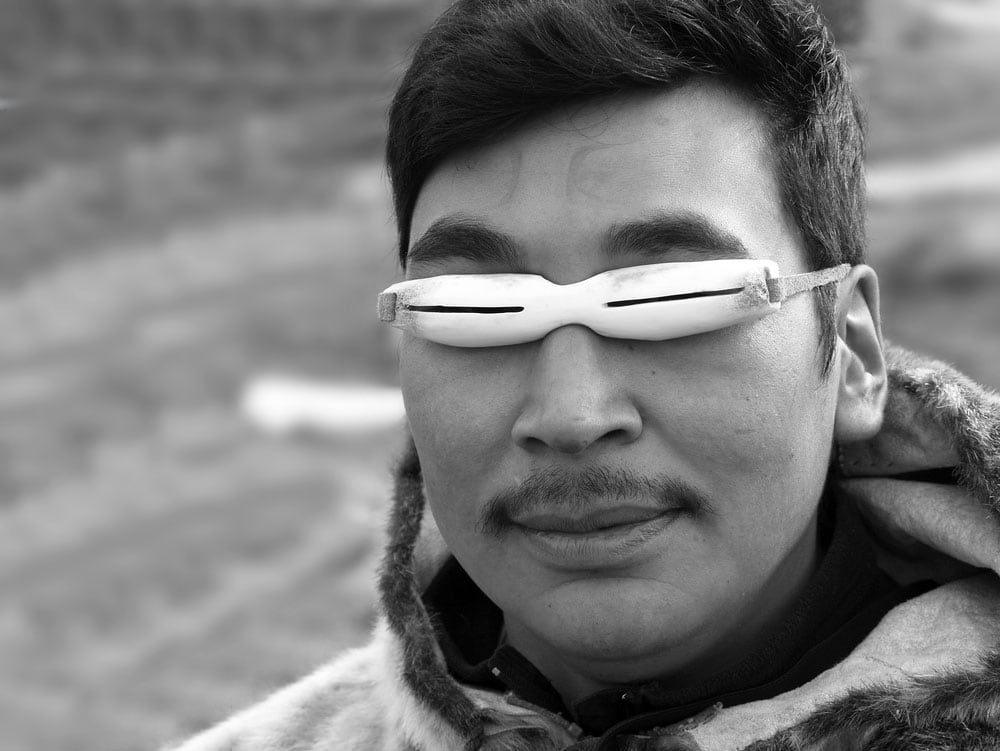If you wear sunglasses, you know the benefits of shading your eyes. You also know that one tint is not always sufficient for light changing scenarios. A solution to this dilemma is wearing sunglasses that can adjust to light, photochromic lenses (or Fototec), do just that! These lenses were created to darken automatically when exposed to ultraviolet light and lighten when you move into shady areas.
The History of the Photochromic Lens
In the early 1960’s photochromic lenses were developed by William H. Armstead and Stanley Donald Stockey for Corning Glass Works. These lenses had silver halide crystals embedded in the glass. These crystals would react to UV light within a few minutes but could take up to 15 minutes to produce maximum darkness. Luckily, improvements have been made over the years and lenses now react to light changing scenarios much more quickly.
How Do They Work?
Today, most photochromic sunglass lenses are made of plastic or polycarbonate. Light-adjusting lenses contain organic photochromic molecules that have been embedded in the layer near the surface of the lens. These molecules can change structure. When UV light hits them, the molecules change shape and absorb the visible light, making the lenses darken. When UV light is absent the molecules can reverse to their original shape, thus providing a clearer lens.
Benefits to Wearing Fototec Lenses
Fototec offers some advantages. Let’s take a look:
- They reduce eyestrain, because they automatically adapt to lighting changes. No more squinting or straining!
- They provide 100% UV protection, an absolute necessity for guarding your eyes.
- Convenience: you don’t have to stop your outdoor activity to switch out lenses nor do you have to keep up with those extra lenses!
- There are many styles to choose from, giving you options!
Variety = Choices
With 4 different Fototec lenses, Tifosi Optics can outfit you with the perfect pair. Check out your choices below. Take note of the light transmission ranges for each. These demonstrate the amount of light reaching your eyes. You can choose from:
- Smoke: A classic gray tint. This also has a polarized option. Polarized can be beneficial if your activity has you near water, snow, or sand. Light transmission: 47.7-15.2%, polarized: 32.1-11.9%
- Light Night: This tint will provide the best range for low light conditions. Light transmission: 75.9-27.7%
- Brown: A contrast-enhancing tint. This too, comes in a polarized version. Light transmission: 75.9-27.7%, polarized: 28.7-9.4%
- High Speed Red: It’s all in the name–this is the top performer, made for the fastest athletes! Light transmission: 35.3-13.5%
Light-adjusting sunglasses provide an easy solution for your outdoor activities. Take the guesswork out of what sunglasses to wear and check out our assortment of light-adjusting sunglasses!





